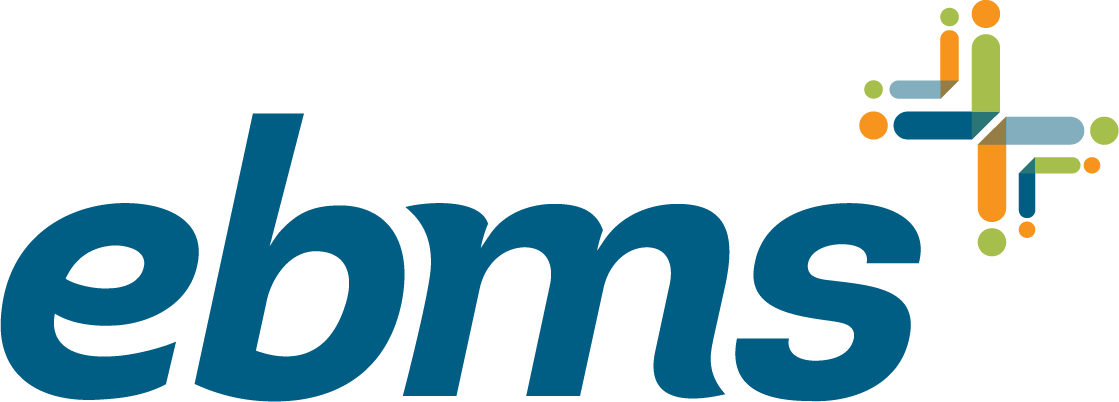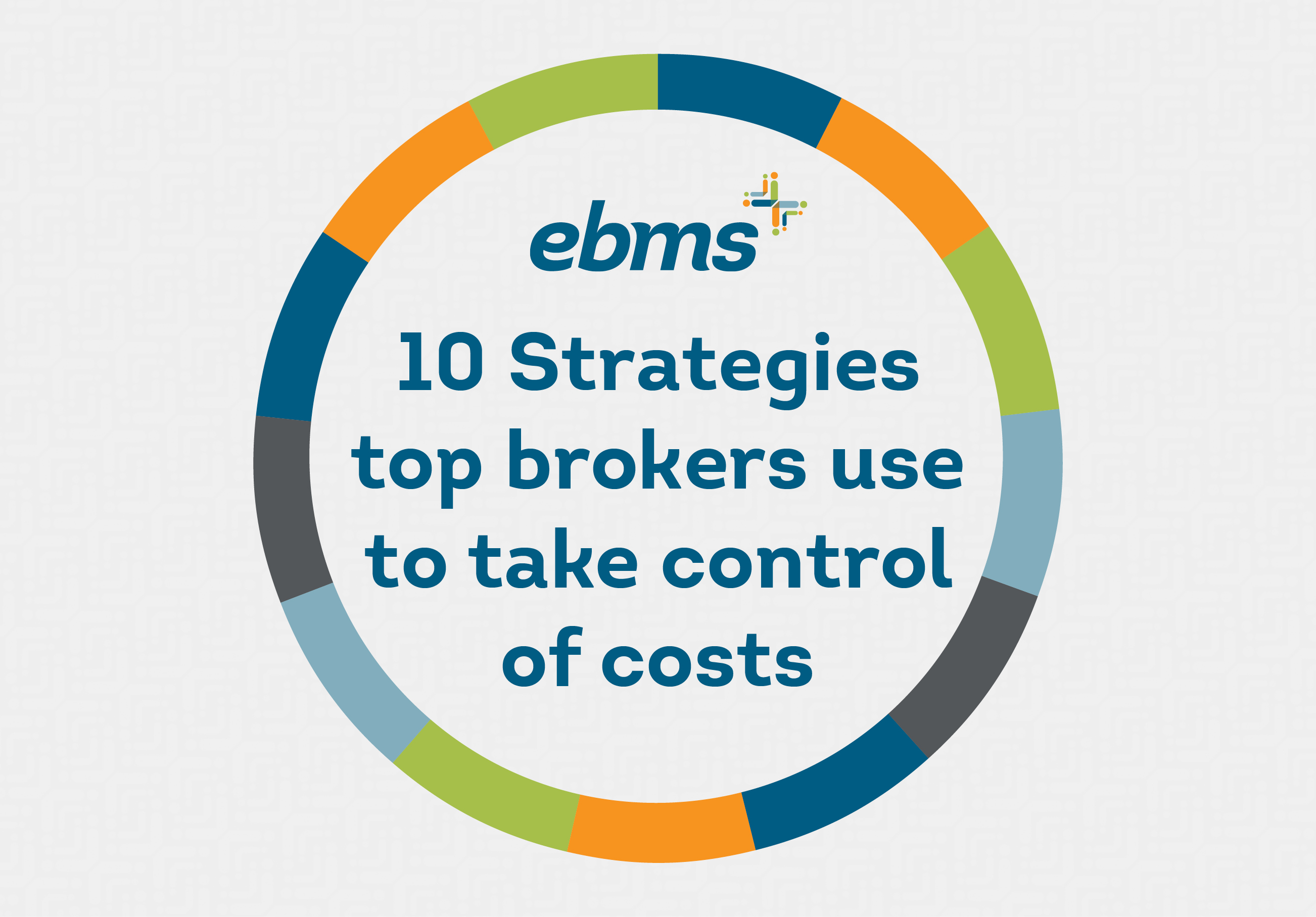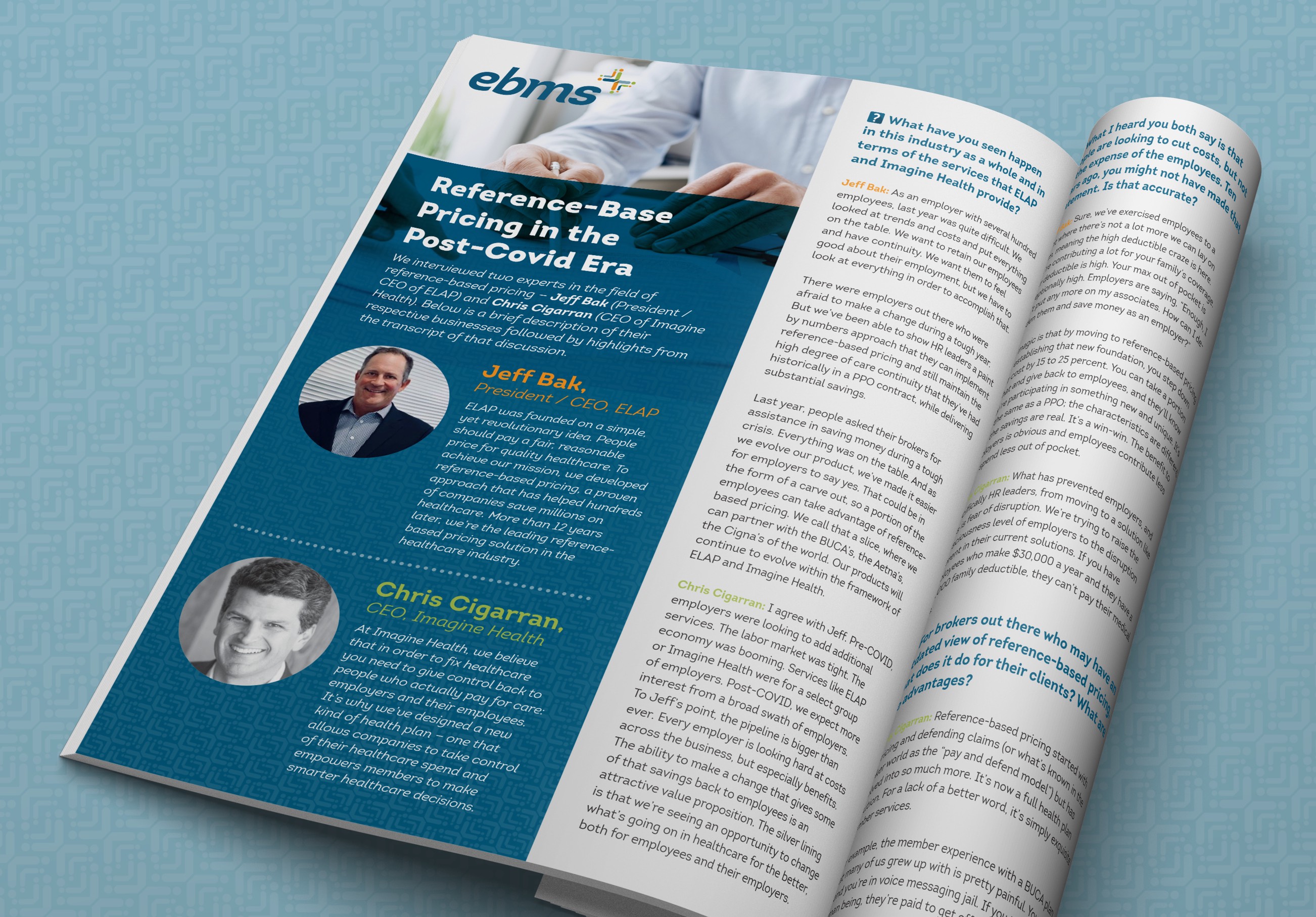Millennials get their primary care at the ER – and it’s costing your plan greatly
November 5th, 2019

By James Vertino, Chief Executive Officer
The average wait time to see a primary care physician is 24 days. The majority of Millennials (71 percent) say they would rather visit the ER than wait that long.
Clearly, unnecessary ER use drives up health plan costs. But it’s just as clear that Millennials are game-changers. As they become the largest generational segment of healthcare consumers, self-funded health plans will have to adapt to a new set of rules.
Let’s think about what kind of healthcare experience younger people are looking for – and then build that preferred experience for them through careful plan design.
Millennials are digital natives. They grew up with instant access to information, and technology is second nature to them. When it comes to work, they’re comfortable with telecommuting and videoconferencing. They scroll through product reviews as they shop online, and make instant financial transactions through mobile apps.
No wonder it seems foreign to Millennials to call for an appointment they’ll have to wait three weeks for, and then drive across town to spend less than 15 minutes face-to-face with a physician.
The number one way to keep Millennials from getting their primary care at the ER is to give them a telehealth solution. It’s a natural fit. Telemedicine provides the convenience and easy access they demand. It accommodates their busy lives and unwillingness to change their schedules to fit in traditional medical appointments.
We’re seeing a generational shift toward on-demand care, because Millennials place a higher value on speed of delivery than developing a relationship with a PCP. We can build something close to an on-demand experience into our health plans as well – with employer sponsored clinics, located at the workplace or nearby.
We can reach Millennials and give them a good member experience by making things easy. Convenience, availability, and accessibility are key – through online appointment scheduling, portals for easy access to medical records, and electronic communications with providers.
These trends are not hard to spot. The question is, what are you going to do about them?




